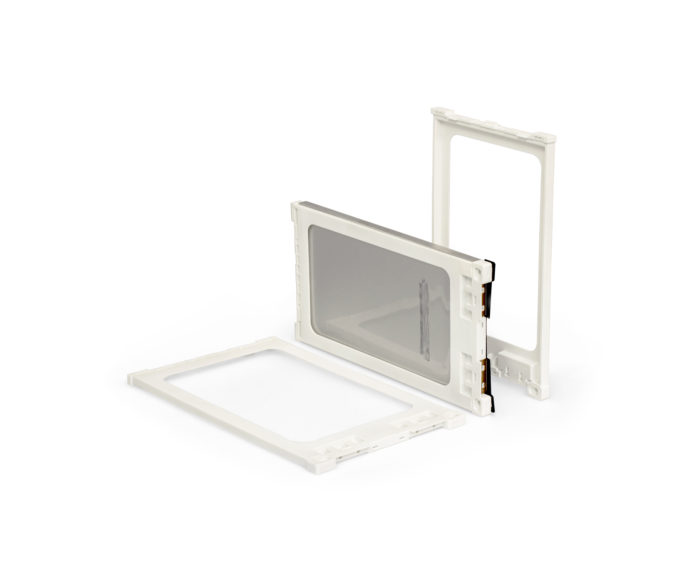Italian manufacturer of supersport electric motorcycles, Energica Motor Company Spa claims to be the only firm that integrates an exclusive testing ground to try new technical solutions. This testing ground is what makes the manufacturer of FIM Enel MotoE™ World Cup outstanding.
The use of high-energy lithium polymer (Li-NMC) battery in motorcycles
Energica motorcycles integrate a high-energy lithium polymer (Li-NMC) battery.
The battery is contained in sealed housing: battery cells, the Battery Management System (BMS) and all the necessary systems to ensure the safety of the vehicle. Energica has therefore designed, patented and adopted a cooling system for the battery pack that is superior thanks to its specific ventilation paths that limit the stress on the batteries. This leads to a better performance of the vehicle and the increase of battery’s life.
With the goal of leveraging new cells in industrial production, Energica proceeds to the validation of the single cell (initial screening) – which includes testing battery pack prototypes on the road.
In this specific case, the study was conducted on pouch cells. The engineering team therefore decided to provide each pouch cell with a surrounding case, with the function of support and reinforcement.
To test the battery pack prototype on the road, the casing of each pouch cell required the combination of high-performance materials and SLS technology. CRP Technology therefore comes into play to provide these technologies, from the early stages of design and development to the construction of the cell casing with professional 3D printing and Windform® material.
Combining SLS Printing with Windform® material.
CRP Technology has opted for the use of Windform® FR2 on SLS technology. The new material from Windform® TOP-LINE family is flame retardant and glass-fiber reinforced.
“Having built functional prototypes of pouch cell casings for various tests, including road tests – states Engineer Franco Cevolini, CTO and VP at CRP Technology – it was clear we should use a material with specific characteristics, namely: polyamide-based material, electrically insulated, stiff, resistant to temperature and flame retardant.”
“To be more specific – comments Eng. Cevolini – flame retardant characteristics are very important, because it guarantees self-extinguishing in case of operating anomalies, which are a result of a temporary voltage peak, with consequent localized melting, followed by combustion initiation.
As example: – Cevolini adds – If an ignition/combustion occurred in a localized portion of the cell casing, and the polymer were flame retardant, then the combustion would be extinguished.
Instead, if the material were not flame retardant, then serious problems would arise, because the combustion would degenerate into a fire. Windform® FR2 prevents such an occurrence.”
Stiffness is also very important: “The material chosen for the pouch casing– Cevolini states –had to have a high mechanical performance in order to guarantee an overall stiffness to the battery pack prototype. In order to withstand the volumetric expansion that cells undergo during the charge and discharge cycles.
Indeed, the expansion generates pressure: the cell casings therefore had to be able to withstand these stresses.”
The manufacturing and delivery of the pouch casings by CRP Technology’s 3D Printing division has been a success. An application that proves the perfect match between selective laser sintering technology and Windform® composite materials.
Remember, you can post free of charge job opportunities in the AM Industry on 3D ADEPT Media or look for a job via our job board. Make sure to follow us on our social networks and subscribe to our weekly newsletter : Facebook, Twitter, LinkedIn & Instagram ! If you want to be featured in the next issue of our digital magazine or if you hear a story that needs to be heard, make sure to send it to contact@3dadept.com.






